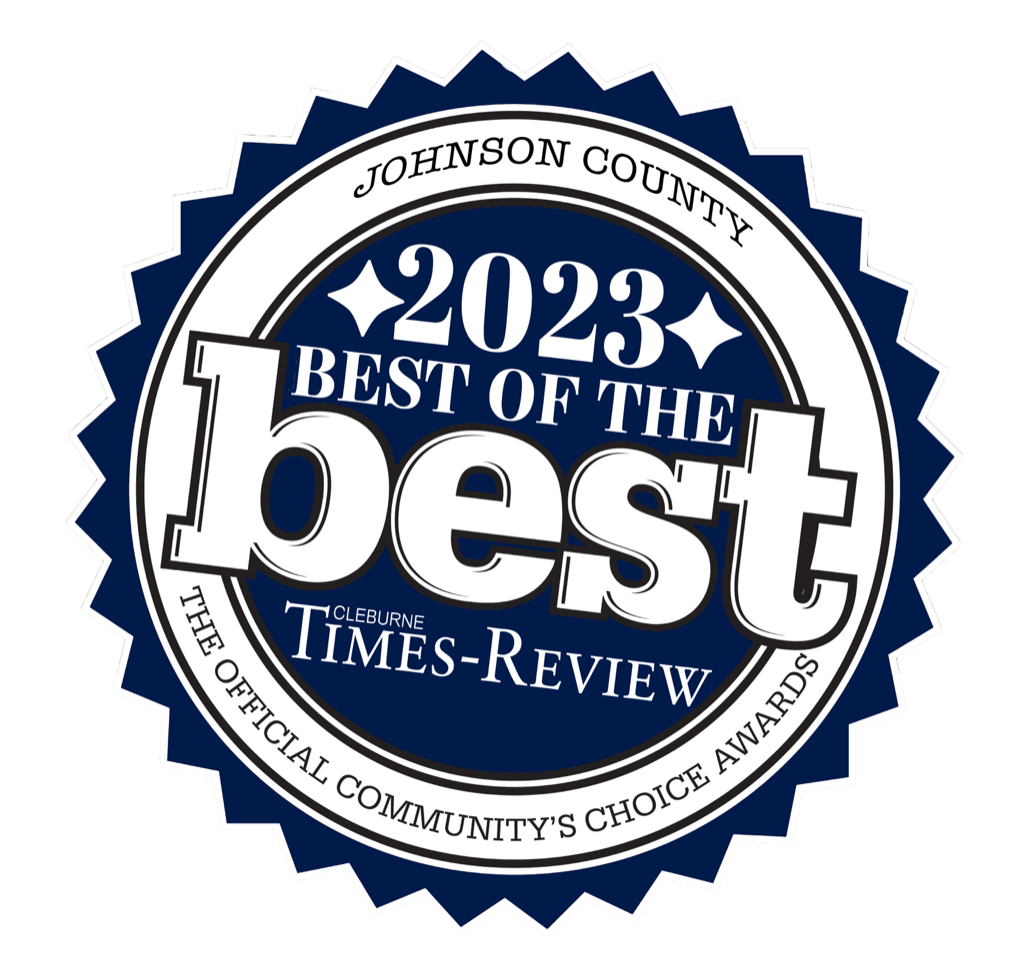Pain-Free Swings: Understanding Golfer's and Tennis Elbow
For gym enthusiasts, repetitive gripping and forceful movements can lead to two common elbow injuries: golfer's elbow and tennis elbow. While the names suggest a specific sport origin, these injuries can arise from various activities that overload the forearm muscles.
This article delves into the causes, symptoms, and treatment options for these conditions, empowering you to maintain a pain-free workout routine.
Understanding Tendinopathy:
Both golfer's and tennis elbow fall under the umbrella term "tendinopathy." This is a more accurate description than "tendinitis" because it reflects the underlying issue: tissue degeneration caused by repetitive stress rather than a single inflammatory event. It also implies that the issue has become chronic instead of acute.
Golfer's Elbow (Medial Epicondylitis/Epicondylopathy):
- Location: Inner side of the elbow
- Cause: Inflammation of tendons responsible for wrist flexion (bending)
- Symptoms: Pain with gripping and pulling motions (e.g., curls, using screwdrivers)
- Activities at Risk: Not just golf! Any activity involving repetitive gripping or pulling can contribute.
Tennis Elbow (Lateral Epicondylitis/Epicondylopathy):
- Location: Outer side of the elbow
- Cause: Inflammation of tendons responsible for wrist extension (straightening)
- Symptoms: Pain with gripping and lifting objects (e.g., kettlebell swings)
- Activities at Risk: Tennis is a common culprit, but any activity with forceful wrist extension can be problematic.
Treatment and Prevention:
The good news is that both conditions often respond well to physical therapy. Treatment typically involves:
- Identifying the root cause of the overload, such as improper form or muscle imbalances.
- Corrective strategies to prevent future occurrences.
- Slow, controlled exercises with progressive loading to promote tissue repair.
Seeking Professional Help:
If you experience persistent forearm pain that interferes with your workouts, it's crucial to consult a physical therapist. They can:
- Diagnose the exact cause of your pain (golfer's or tennis elbow, or something else).
- Develop a personalized treatment plan to address your specific needs.
- Help you improve your form to prevent future injuries.
Imagine a pain-free future!
Don't let elbow pain sideline you from your fitness goals. A physical therapist can help you achieve lasting relief and return to the activities you love. Don't hesitate to reach out and take control of your health!









